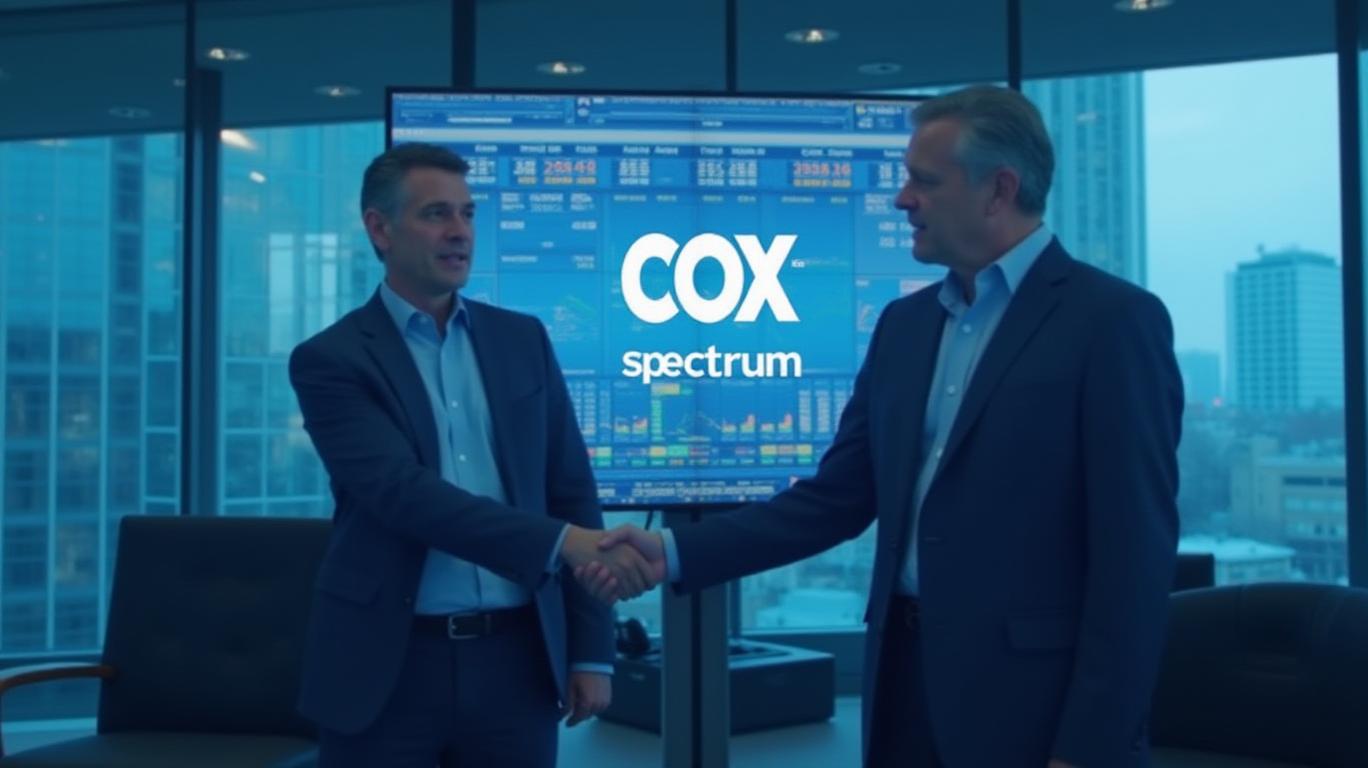Charter Communications Merger Investigation: Navigating Legal Risks and Shareholder Value Implications
The proposed $34.5 billion merger between
(NASDAQ: CHTR) and Cox Communications has sparked intense scrutiny, with investor rights law firm Halper Sadeh LLC launching an investigation into whether shareholders are receiving fair treatment. As the legal battle unfolds, investors face critical decisions: Should they trust the merger’s terms, or is there upside in pressuring the board to renegotiate? This analysis explores the risks, opportunities, and strategic moves investors must consider to protect—and potentially enhance—their positions.
The Legal Lens: What’s at Stake in Halper Sadeh’s Investigation?
Halper Sadeh’s probe centers on two core allegations:
1. Inadequate Consideration: Charter shareholders may not be receiving the “best possible” terms, given Cox’s 23% equity stake post-merger and the $34.5 billion valuation.
2. Disclosure Gaps: Material information—such as risks tied to Cox’s $12.6 billion debt or synergies’ achievability—may have been omitted from proxy materials, violating fiduciary duties under securities laws.
The firm has explicitly stated it may seek remedies like increased shareholder payouts, expanded disclosures, or even a halt to the merger until terms are renegotiated. Crucially, the investigation operates on a contingency fee basis, meaning shareholders bear no upfront legal costs if the case proceeds. This structure incentivizes aggressive advocacy, raising the likelihood of tangible outcomes for investors.
Why This Matters for Valuation and Shareholder Returns
The merger’s announcement initially sent CHTR shares up in premarket trading, reflecting optimism about synergies like $500 million in annual cost savings and expanded service reach. However, the Halper Sadeh investigation introduces significant uncertainty. If the board is forced to renegotiate terms, shareholders could demand:
- Higher cash or equity stakes, compressing Cox’s ownership or diluting existing Charter shareholders.
- Additional disclosures on debt obligations, regulatory risks, or integration hurdles, which could temper optimism about the merger’s upside.
Analysts estimate a potential 5–10% swing in CHTR’s valuation depending on litigation outcomes, particularly if the case exposes undervalued Cox assets or overoptimistic synergy assumptions. Investors holding CHTR ahead of the merger’s close must weigh this volatility against the deal’s stated benefits.
Strategic Actions for Investors: Monitor, Hedge, and Engage
- Track Legal Milestones: Watch for Halper Sadeh’s next moves, including shareholder communications or regulatory filings post-May 15, 2025. A demand letter to Charter’s board or a proposed class-action settlement could signal progress.
- Hedge Against Uncertainty: Consider protective options strategies, such as buying put options on CHTR stock, to limit downside risk if the investigation delays or disrupts the merger timeline.
- Engage with the Firm: Shareholders should contact Halper Sadeh directly (via their provided channels) to register interest in potential claims. Early participation could secure preferential treatment in any settlement.
The Bigger Picture: Regulatory and Market Risks
While the merger’s operational benefits—like combining Cox’s fiber networks with Charter’s mobile expertise—are compelling, antitrust regulators may scrutinize market consolidation in key regions. A prolonged review or forced asset divestitures could delay closing beyond early 2026, further pressuring CHTR’s valuation. Investors must also consider that 23% of the combined entity’s equity rests with Cox’s family-controlled parent, which may prioritize its own interests over minority shareholders.
Final Take: Proceed with Caution, but Stay Engaged
The Charter-Cox merger is a high-stakes game of fiduciary accountability. While the deal’s strategic logic is clear, Halper Sadeh’s investigation underscores that shareholders’ interests are far from guaranteed. Investors who ignore the legal risks do so at their peril. By monitoring litigation developments, hedging positions, and engaging with rights holders, investors can turn this uncertainty into an opportunity to secure better terms—or at least protect hard-won gains.
The clock is ticking: With regulatory and shareholder votes looming, now is the time to act.
Investors: How will you position yourself as the Charter-Cox saga unfolds?

Comments
No comments yet